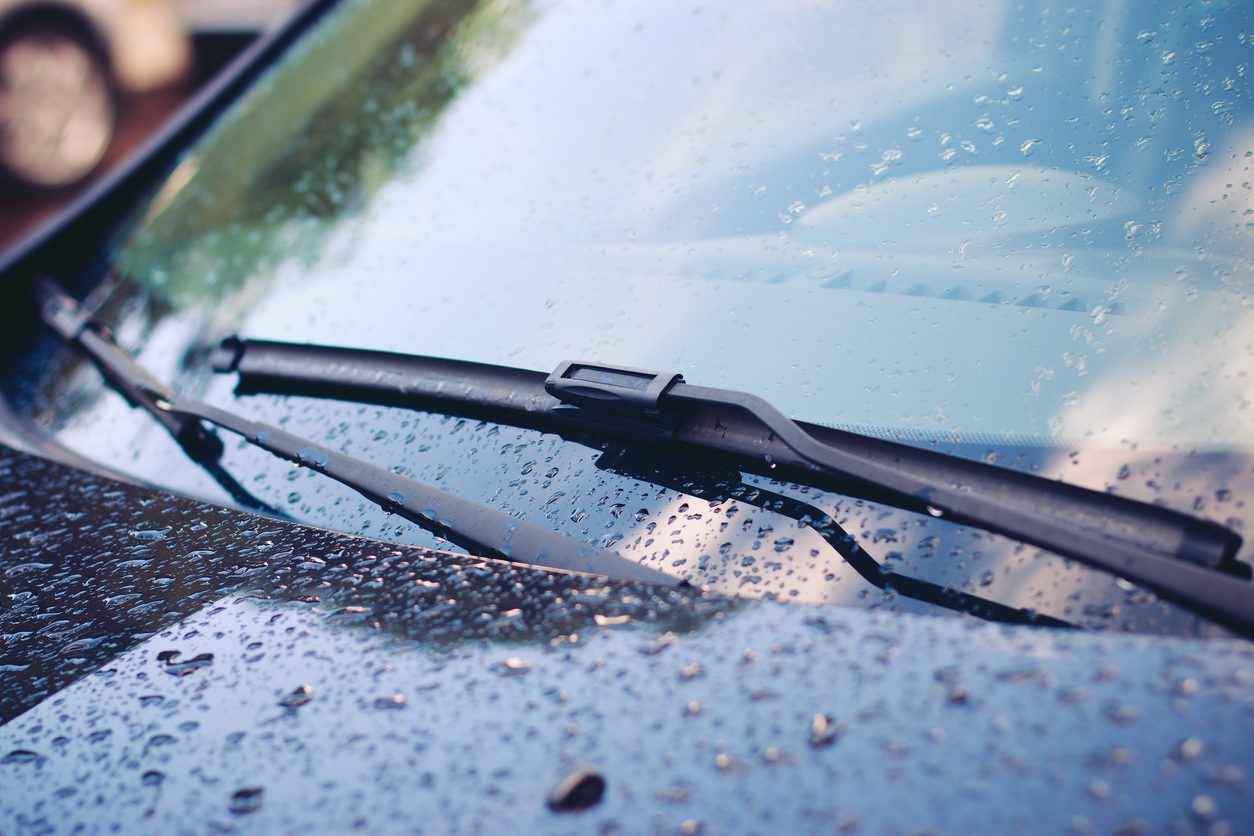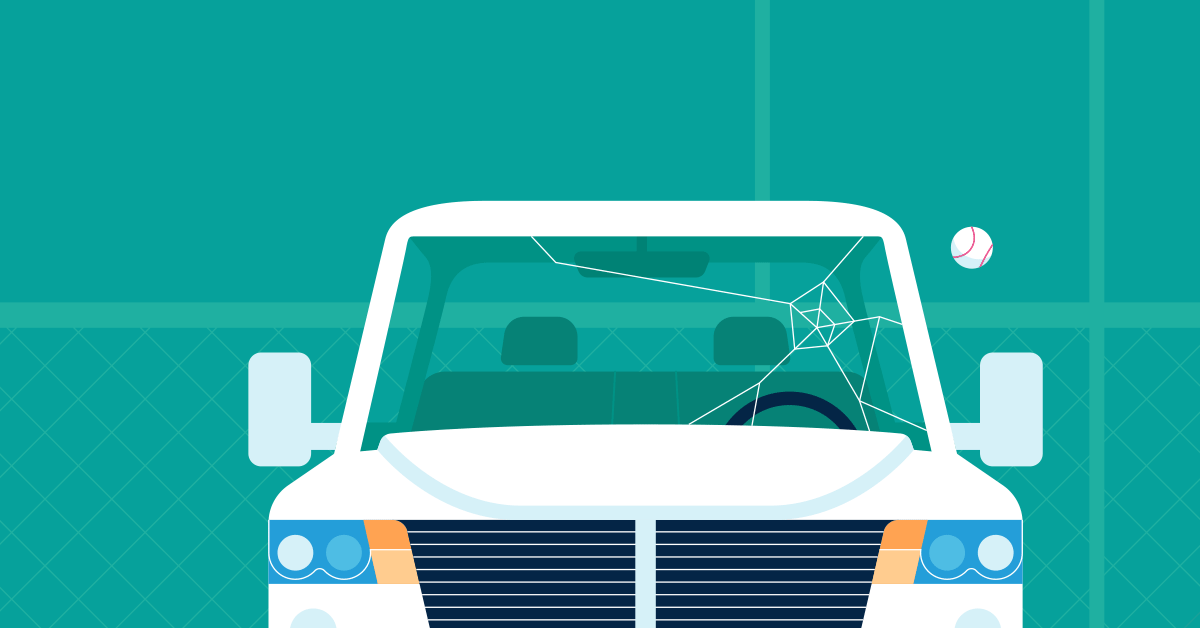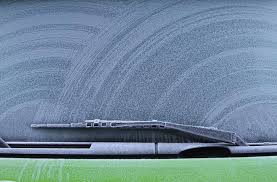Can a Car Pass Inspection with a Cracked Windshield? What You Need to Know ?
Introduction
Car inspections are a standard procedure in many regions to ensure that vehicles on the road meet safety and emissions standards. One common concern among vehicle owners is whether a car can pass inspection with a cracked windshield. The state of your windshield not only affects your safety while driving but also plays a role in whether your vehicle will receive a passing grade during an inspection. In this comprehensive guide, we will explore the rules and regulations surrounding windshield damage during vehicle inspections, the factors that influence inspection outcomes, and what you can do if you have a cracked windshield and need to pass an inspection.

State-Specific Regulations
It's essential to understand that the rules regarding cracked windshields during vehicle inspections can vary significantly from one state or region to another. State departments of motor vehicles (DMVs) or equivalent agencies establish these rules and regulations. Therefore, it's crucial to check with your local DMV or visit their official website to get accurate and up-to-date information specific to your location.
However, we can provide a general overview of common practices and regulations that you may encounter in many states.
Common Inspection Criteria
While specific regulations vary, several common inspection criteria related to windshield damage include:
-
Size and Location of Damage: Inspectors often consider the size and location of cracks or chips on the windshield. Smaller cracks and chips, typically those smaller than the size of a credit card, may be deemed acceptable in some states, provided they are not in the driver's line of sight.
-
Driver's Line of Sight: Many states have regulations that prohibit windshield damage that obstructs the driver's clear line of sight. If a crack or chip is directly in the driver's field of vision, it may result in inspection failure.
-
Depth of Damage: Some states have specific guidelines regarding the depth of damage. For instance, if a crack extends through the entire thickness of the windshield, it may not pass inspection.
-
Windshield Integrity: The overall structural integrity of the windshield is also a consideration. Significant damage that compromises the stability of the windshield may lead to an inspection failure.
Factors Influencing Inspection Outcomes
Several factors can influence whether a car with a cracked windshield will pass inspection:
-
State Regulations: As mentioned earlier, the specific regulations in your state or region play a significant role. Different states have varying tolerance levels for windshield damage.
-
Severity of Damage: The size, location, and depth of the crack or chip are critical factors. Smaller, less obstructive damage is more likely to pass inspection.
-
Inspector's Discretion: The interpretation of regulations can vary among individual inspectors. Some inspectors may be more lenient, while others may strictly adhere to the guidelines.
-
Visual Obstruction: If the crack or chip obstructs the driver's line of sight, it is more likely to result in an inspection failure.
-
Safety Concerns: Ultimately, the primary concern during vehicle inspections is safety. If the damage is deemed hazardous or could pose a safety risk, the vehicle may fail the inspection.
What to Do If Your Windshield Is Cracked
If you have a cracked windshield and need to pass an inspection, consider the following steps:
-
Review State Regulations: Familiarize yourself with your state's regulations regarding windshield damage during inspections. Check the specific size, location, and depth criteria.
-
Consult an Expert: Visit an automotive glass repair or replacement expert to assess the damage. They can provide an expert opinion on whether the damage can be repaired or if a replacement is necessary.
-
Repair or Replace: Depending on the severity of the damage and the local regulations, you may need to decide whether to repair or replace the windshield. In some cases, repairs may be sufficient to meet inspection requirements.
-
Document the Repair: If you have the windshield repaired, ensure that you keep documentation of the repair, including receipts and certificates. This documentation can be valuable during the inspection.
-
Schedule Inspection: Once you've addressed the windshield damage, schedule the vehicle inspection. Be sure to bring all necessary documentation and any receipts related to repairs or replacement.
Temporary Solutions and Considerations
In some cases, you may need a temporary solution to pass inspection while planning for a more permanent fix:
-
Temporary Repair Kits: Temporary windshield repair kits are available at auto supply stores. These kits can be used to fill small cracks or chips temporarily. However, they are not a long-term solution and may not satisfy inspection requirements.
-
Exemptions: Some states offer exemptions or waivers for vehicle inspections if the windshield damage is a result of an unavoidable event, such as a rock hitting the windshield on the highway. Check with your local DMV for information on such exemptions.
-
Insurance Coverage: Depending on your car insurance policy, it may cover windshield repair or replacement. Check with your insurance provider to determine coverage and any associated costs.
Conclusion
Whether a car with a cracked windshield can pass inspection depends on a variety of factors, including state-specific regulations, the severity of the damage, and the discretion of the inspector. To ensure a smooth inspection process, it's essential to be aware of your state's regulations, address any windshield damage promptly, and consult with experts if necessary. Safety is a primary concern during inspections, so addressing and documenting any repairs or replacements is crucial for both your safety and compliance with local regulations. Always check with your local DMV or equivalent agency for the most accurate and up-to-date information regarding vehicle inspections in your area.



